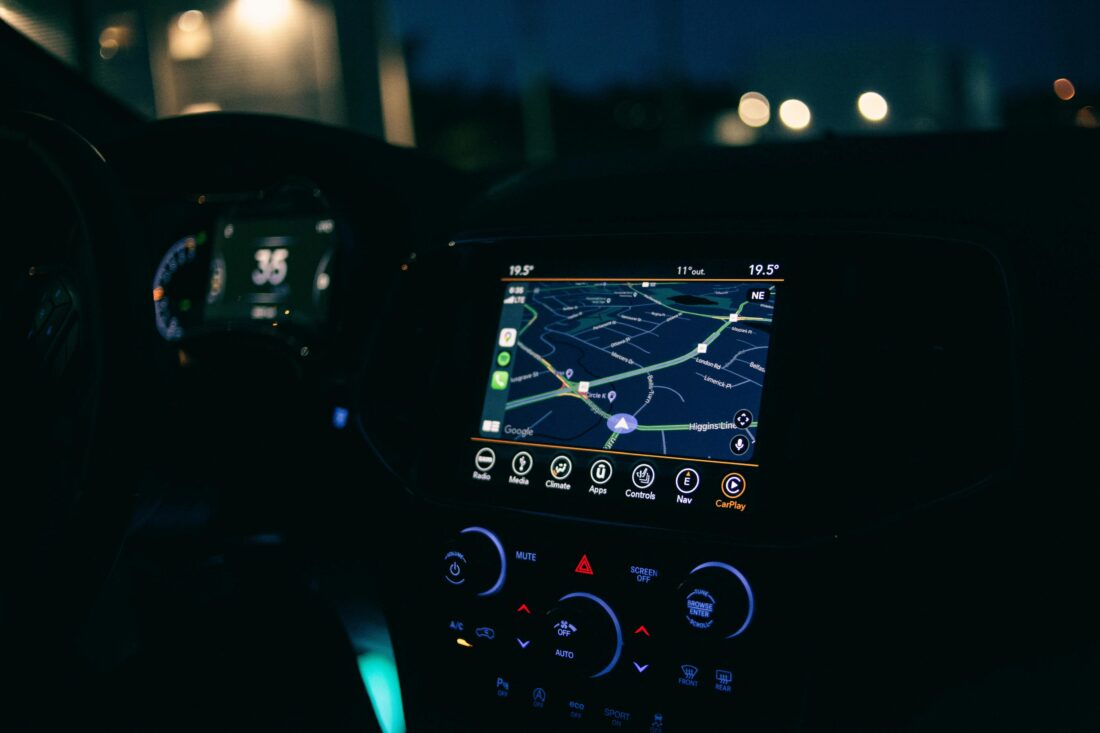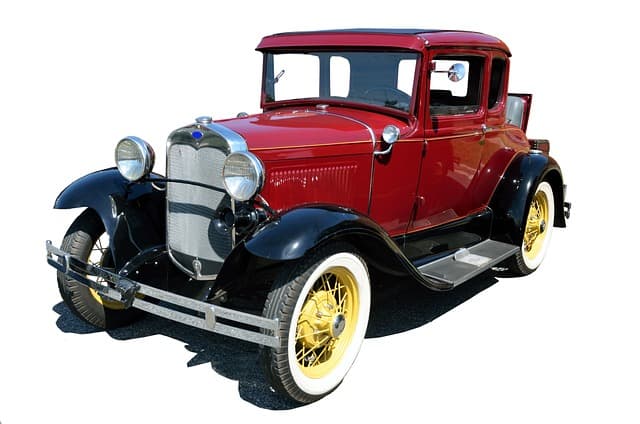From Model T to Tesla: How Car Safety Changed Legal Cases

When the Ford Model T rolled off the production line in 1908, it had about as many safety features as a horsecart — which is to say, practically none. The car that changed America came with no seatbelts, no airbags, and not even a rear-view mirror. Today’s vehicles pack more computing power than the first spacecraft, with systems that can brake automatically, keep you in your lane, and even take control in emergencies.
This dramatic shift in automotive safety technology hasn’t just saved countless lives — it’s completely transformed how courts handle car accident cases. Knowing what to do after a car accident is crucial, as these features and their performance often become key evidence in legal proceedings. Let’s look at how safety features developed over the decades and their impact on personal injury law.
The Early Days: When “Safety” Meant Basic Brakes
In the first half of the 20th century, car manufacturers focused mainly on making vehicles that would simply run. Safety was an afterthought. The first real breakthrough came in 1922 when Duesenberg introduced four-wheel hydraulic brakes. Before this, cars used mechanical brake systems that often failed catastrophically.
In these early decades, car accident lawsuits were relatively straightforward. Without safety features to consider, courts typically focused on driver behavior and basic vehicle maintenance. If your brakes failed and caused a crash, the key questions were whether you maintained them properly and whether the manufacturer had built them to the basic standards of the time.
The 1950s-1960s: Safety Becomes a Selling Point
The post-war boom brought faster cars and more crowded roads, leading to a sharp rise in accidents. This period saw the introduction of several crucial safety features:
- Padded dashboards (1955)
- Seat belts (standardized in 1959)
- Collapsible steering columns (1967)
- Side marker lights (1968).
These advances sparked major changes in car accident litigation. For the first time, lawyers could argue cases based on whether that equipment had functioned as designed. If a seat belt failed during a crash, manufacturers could be held liable even if the belt met the basic requirements of the time.
The 1970s-1980s: Government Steps In
The creation of the National Highway Traffic Safety Administration (NHTSA) in 1970 marked a turning point. Suddenly, car makers had to meet strict federal safety standards. This decade brought:
- Mandatory front airbags
- Anti-lock braking systems
- Better crash absorption designs
- Improved windshield glass.
These regulations changed the legal landscape dramatically. Now, personal injury lawyers could point to specific federal safety standards when arguing that a car maker had failed to protect consumers. Courts began to expect manufacturers to not just meet minimum requirements but to actively work toward making cars safer.
The 1990s-2000s: Electronics Take the Wheel
The digital revolution brought sophisticated electronic systems:
- Electronic stability control
- Blind spot detection
- Backup cameras
- Automatic emergency braking.
These features added new complexity to car accident cases. Lawyers now had to understand complex computer systems and their potential failures. Was an accident caused by driver error, or did the automatic braking system fail to engage? Could data from the car’s computer systems prove what happened in the moments before a crash?

Today’s Cases: A Web of Technology and Responsibility
Modern car accident cases often involve analyzing multiple safety systems and their interactions. Take a typical rear-end collision case today. Lawyers might need to examine:
- Forward collision warning system data
- Automatic emergency braking performance
- Lane departure warning records
- Driver attention monitoring logs
- Black box data showing speed and brake application.
This technology creates both opportunities and challenges in the courtroom. While more data means better evidence of what happened in a crash, it also means more complex questions about who’s responsible when something goes wrong.
The Role of Safety Features in Modern Legal Strategy
Today’s personal injury lawyers must understand both traditional car accident law and the technical details of modern systems. They often work with engineering experts to determine whether safety features worked as designed or failed to protect occupants.
Key questions in modern cases often include:
- Did all safety systems function properly?
- Was the driver properly informed about the limitations of those features?
- Did the manufacturer address known safety issues through updates?
- Were there conflicts between different systems?
Looking Forward
As cars become more automated, the legal questions will only get more complex. Self-driving features are already blurring the lines between driver and manufacturer responsibility. When an accident happens, courts must now consider the role of software updates, sensor maintenance, and artificial intelligence decisions.
This shift means that car accident cases now require a deep understanding of both legal precedent and modern technology. Lawyers must stay current with rapid technological changes while applying long-standing legal principles about responsibility and safety.
The history of car safety features tells us more than just a story of technological progress. It shows how the law adapts to protect people as technology changes. Each new safety feature has brought new questions about responsibility and new ways to protect consumer rights in the courtroom.
